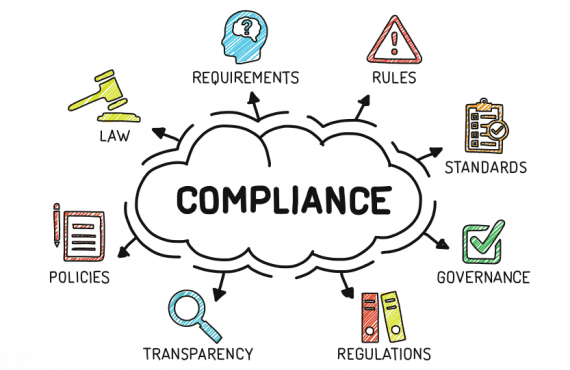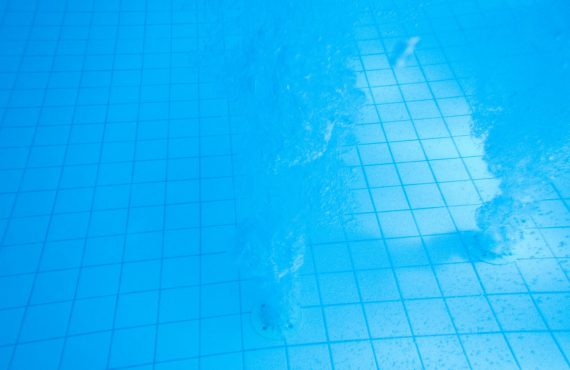The Centers for Medicare & Medicaid Services (CMS) set the date of November 28, 2017, for all long-term care (LTC) facilities—and other institutions—to be fully compliant with a new set of guidelines governing the management, storage, and distribution of all controlled medications. CMS has developed the new rules in response to the growing problem of drug diversion, theft, and addiction, all of which are, sadly, on the increase.
The extent of the drug abuse problem—and the urgent need to counter it—can be seen from figures published in the 2014 National Survey on Drug Use and Health (NSDUH), which indicated that about 15 million people used prescription drugs non-medically in the previous year. A 2009 report from the American Nurses Association (ANA) estimated that at least 10 percent of nurses are dependent on some type of drug—and this means that there could be as many as 300,000 substance abusers among the three million nurses working in America today. It requires little imagination to understand the implications of this statistic in terms of its impact upon legal exposure risks, reputation, and patient health.
The typical procedure for the administration of prescription medication—by an individual staff member—is always an obvious opportunity for drug diversion by a determined perpetrator. This is, in fact, the primary reason for the stricter CMS controlled substance guidelines.
Nurses who divert drugs do so most often for personal use—either by themselves or for friends and associates. The relatively small amount being diverted makes it more difficult to track. Experience shows that the most common method of drug diversion is by not administering the drug to the patient or resident—or only administering a portion, and keeping the rest. Some extreme cases—and fortunately they are still rare—have seen nurses substitute other drugs or even saline placebos.
According to the Department of Health’s Substance Abuse and Mental Health Care Services Administration (SAMHSA), prescription drugs are now misused and abused more often than any other drug, except marijuana and alcohol. Furthermore, SAMHSA says, this growth in abuse is fueled by “increasing availability” of the substances in question—and this is where medical facilities have come into the spotlight.
It is for these reasons that the CMS controlled substance guidelines were developed. All LTC and medical facility managers will therefore have to become fully aware of, and compliant with, the revised regulations.
Next in this series:
– The new CMS rules on the management of controlled substances.
– How to detect drug diversion in a facility.
– How to manage and report cases of drug diversion.










































